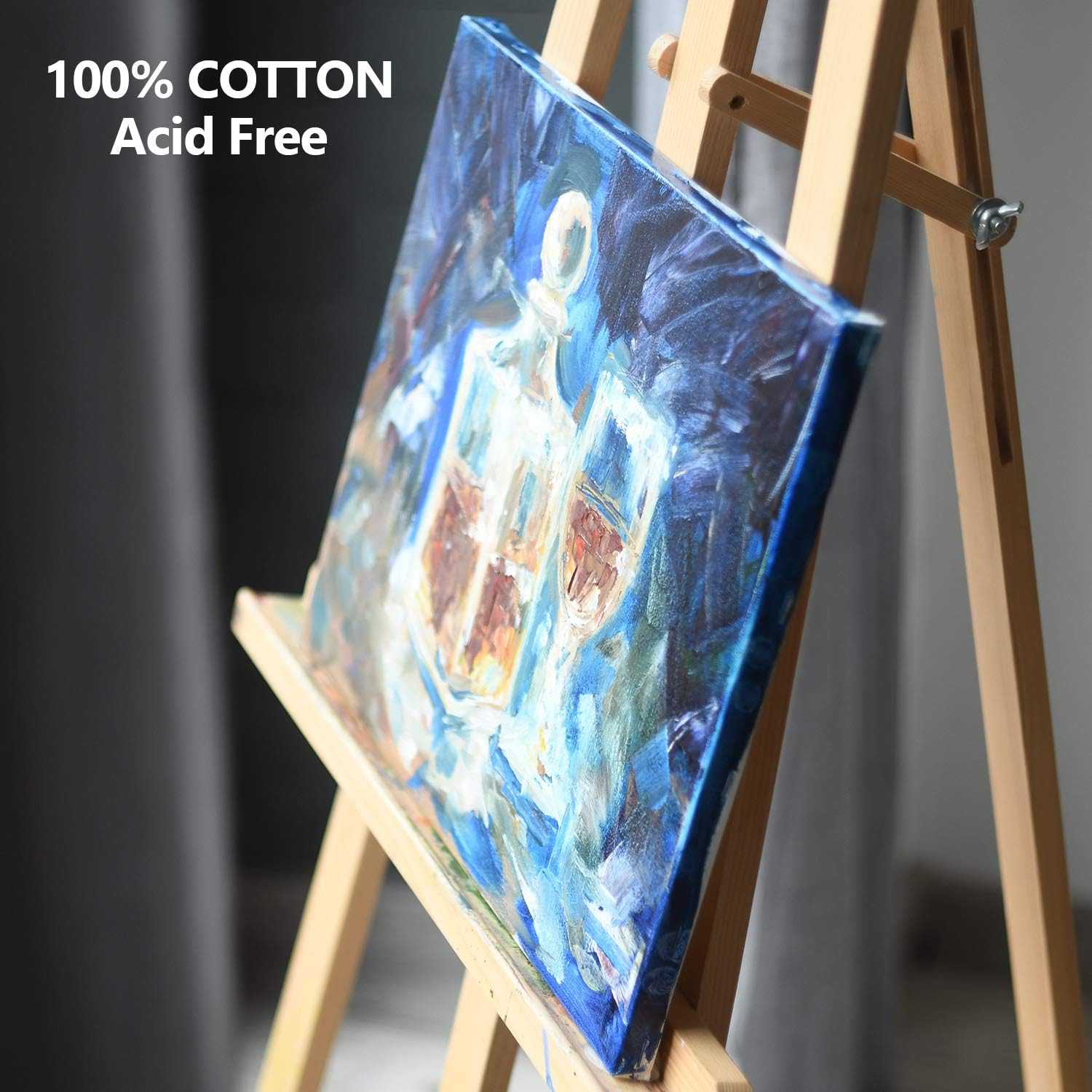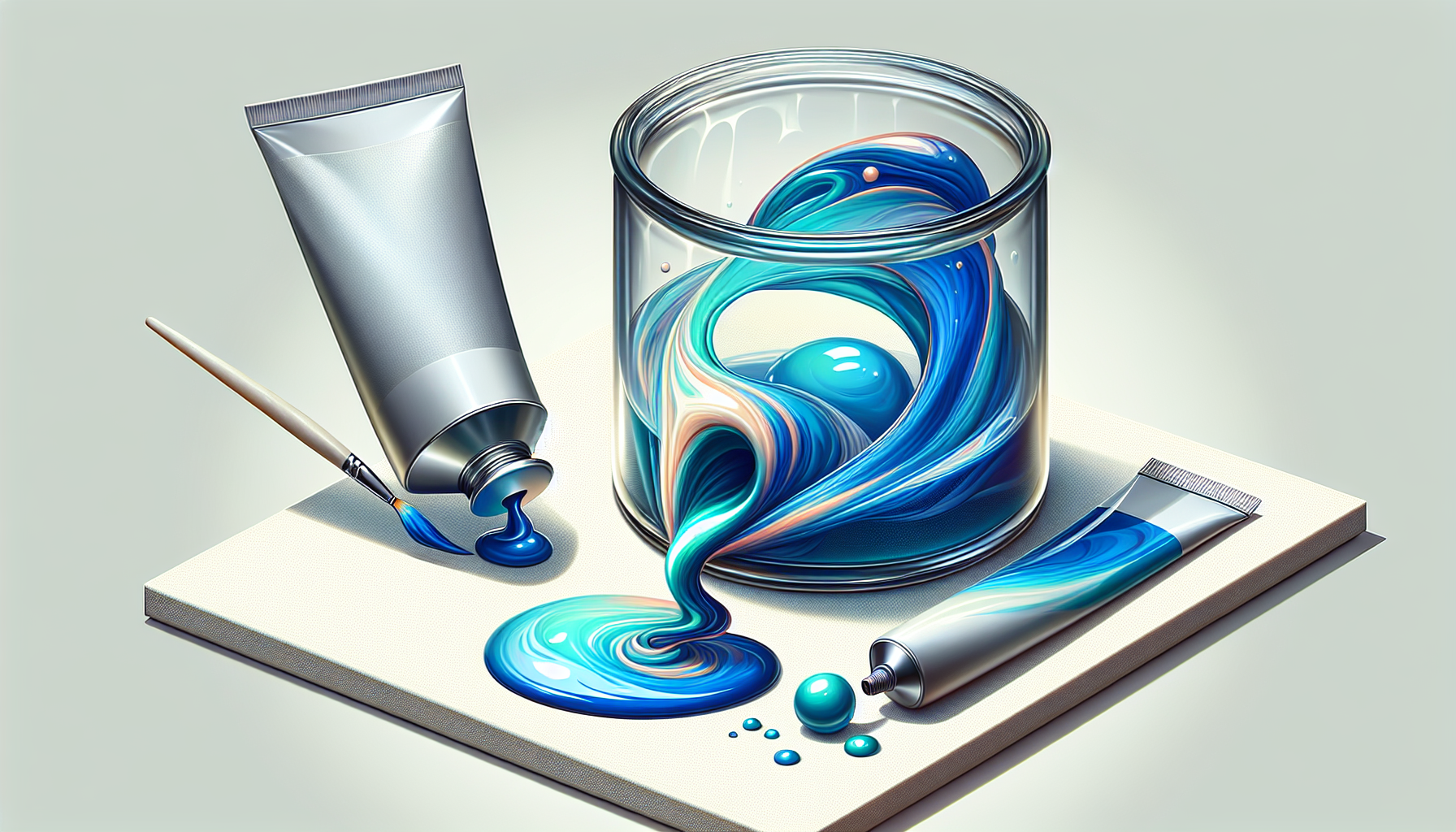Acrylic paint, known for its fast-drying properties, can often pose a challenge to artists who prefer to work with wet paint. However, fear not, as there are effective techniques to prolong the drying time of acrylic paint, allowing you to have more control over your artwork. In this article, you will discover simple yet essential tips on how to keep acrylic paint wet for longer periods, ensuring a smoother and more enjoyable painting process.

This image is property of images.unsplash.com.
Choosing the right palette
When it comes to keeping acrylic paint wet, selecting the right palette can make a significant difference. One option is to use a palette with a lid. These palettes typically come with a cover that can be placed over the paint, preventing it from drying out. This is especially useful if you need to take breaks or work on your painting over an extended period of time.
Another option to consider is using a stay-wet palette. This type of palette is specifically designed to keep acrylic paint moist for longer periods. It consists of a tray with a damp sponge or membrane that holds water. By adding water to the palette, you create a humid environment that slows down the drying process of the paint.
If you’re using a regular palette without a lid or a stay-wet palette, you can still keep your paint wet by covering it with plastic wrap. Simply place a sheet of plastic wrap over your palette, making sure to press it down firmly around the edges. This will create a seal that helps to prevent evaporation and keeps the paint from drying out too quickly.
Alternatively, you can spray your palette with water to keep the paint wet. Fill a spray bottle with clean water and mist it over the paint periodically. This will add moisture to the surface of the paint and help to maintain its workability. Be mindful not to over-spray, as excessive water can dilute the paint and affect its consistency.
Using a palette knife
A palette knife is a versatile tool that can be used for mixing and blending acrylic paint. When working with acrylics, it is essential to keep paint blobs separate to maintain their individual colors. A palette knife allows you to scoop up and mix specific amounts of paint without smudging or blending them together unnecessarily.
To ensure optimal control and minimal waste, keep the surface area of the paint on your palette minimal. Avoid spreading the paint too thinly or excessively, as this can lead to faster drying times and make it more difficult to work with the paint. Instead, focus on working with small amounts of paint at a time and replenish the palette as needed.
Covering the paint with a wet cloth
Covering your paint with a wet cloth is another effective method to keep acrylic paint wet. To do this, dampen a cloth with water and place it over your palette. The damp cloth will create a humid environment that slows down the drying process of the paint. It also helps to prevent drips and evaporation, allowing you to work with the paint for longer periods without it drying out.
Make sure to choose a cloth that is clean and absorbent. Avoid using a cloth that is too wet, as excessive moisture can affect the consistency and integrity of the paint. You want the cloth to be damp enough to create a humid environment, but not too wet that it saturates the paint.
Using a spray bottle
A spray bottle can be a handy tool to keep acrylic paint wet during your painting session. By misting water over the paint, you introduce moisture that helps to slow down the drying process. It is important to ensure that the mist is fine and even to prevent the paint from becoming too diluted.
To achieve a fine mist, fill a spray bottle with clean water and adjust the nozzle to create a gentle spray. Hold the bottle at a distance from the paint, typically around 6-8 inches, and spray lightly and evenly over the surface. Be cautious not to over-spray, as excessive water can affect the consistency and saturation of the paint.

This image is property of images.unsplash.com.
Working in a humid environment
Working in a humid environment can greatly extend the drying time of acrylic paint, allowing you to work with it for longer periods. When choosing a location to paint, opt for a space that provides a suitable level of humidity. Ideally, aim for a relative humidity of around 40-60%.
If the ambient humidity is too low, consider using a humidifier to increase the moisture in the air. Place the humidifier in close proximity to your workspace, but avoid positioning it directly above your palette to prevent excessive moisture from affecting the paint.
In addition, it is important to avoid direct sunlight and drafts, as these can accelerate the drying process and cause the paint to dry unevenly. Position yourself and your paint palette away from windows and doors to minimize exposure to direct sunlight and drafts.
Furthermore, maintaining a comfortable temperature is crucial when working with acrylic paint. Extreme temperatures can affect the consistency and drying time of the paint. Aim for a temperature range of around 68-75°F (20-24°C) to ensure optimal working conditions.
Using a stay-wet palette
Investing in a stay-wet palette can be a game-changer in keeping acrylic paint wet for extended periods. These palettes are specifically designed to maintain the moisture of the paint, allowing you to work with it over days or even weeks.
To use a stay-wet palette, start by adding water to the palette’s reservoir or sponge. This will create a humid environment that slows down the drying process of the paint. Next, place a membrane, such as a semi-permeable paper or film, over the water. This membrane acts as a barrier between the water and the paint, allowing the moisture to reach the paint but preventing it from becoming too saturated. Finally, arrange your paints on the membrane, ensuring that they are in contact with the moist environment.
When using a stay-wet palette, it is crucial to monitor the water level regularly and replenish it as needed. This will ensure that the palette continues to provide the necessary moisture to keep the paint wet.

This image is property of images.unsplash.com.
Working on a non-absorbent surface
Working on a non-absorbent surface is another effective way to keep acrylic paint wet for longer periods. When the paint is applied to a non-absorbent surface, such as glass or plastic palettes or mixing surfaces, it doesn’t get absorbed or dried out as quickly as it would on absorbent papers or surfaces.
To work on a non-absorbent surface, select a palette or mixing surface made of glass or plastic. These materials are easy to clean and maintain, allowing you to preserve the moisture of the paint. Avoid using absorbent papers or surfaces, as they tend to absorb the moisture from the paint, causing it to dry out faster.
To further enhance the longevity of the wet paint, it can be beneficial to keep the surface slightly damp. You can achieve this by lightly misting the surface with water or by placing a damp cloth or sponge underneath the palette. The moisture will create a humid environment that slows down the drying process and keeps the paint wet for longer.
Using a retarder medium
A retarder medium is a specialized product designed to extend the drying time of acrylic paint, making it easier to work with. It essentially slows down the evaporation of water from the paint, allowing it to stay wet and workable for a longer period.
To use a retarder medium, start by purchasing a suitable product from an art supply store or online retailer. There are various retarder mediums available, so make sure to choose one that is compatible with acrylic paint. Follow the manufacturer’s instructions for the recommended usage and proportions.
Typically, you will mix the retarder medium with your acrylic paint directly on the palette. Start with a small amount and gradually add more if needed. The retarder medium will increase the drying time of the paint, giving you more flexibility and control over your artwork.
Keep in mind that using a retarder medium can also affect the consistency and saturation of the paint. Experiment with different ratios to find the balance that works best for your painting style and desired results.

Keeping paint tubes closed
When not in use, it is crucial to keep paint tubes closed tightly to prevent the paint from drying out. Acrylic paint is particularly prone to drying quickly when exposed to air, so make sure to seal the tubes securely after each use.
To ensure proper sealing, squeeze out only the amount of paint you need for your current painting session. This will minimize the amount of paint that is exposed to air and reduce the risk of drying out. If you have excess paint on your palette, it is better to store it in a separate airtight container rather than leaving it on the palette.
If you notice any dried paint on the cap of the tube, make sure to clean it off before closing the tube. Dried paint on the cap can create an improper seal, allowing air to enter the tube and dry out the paint inside.
By properly closing and storing your paint tubes, you can prolong the life of your acrylic paint and keep it wet and workable for future use.
Using a wet palette
A wet palette is a simple and effective setup for keeping acrylic paint wet during your painting session. It consists of a bottom tray, a damp sponge, and palette paper.
To prepare a wet palette, start by placing a damp sponge at the bottom of a shallow tray or container. The sponge should be damp but not overly saturated with water. Next, place a piece of palette paper on top of the sponge, making sure it sits flat and covers the entire surface of the sponge.
Once your wet palette is set up, arrange your paints on the palette paper. The moisture from the sponge will gradually seep through the paper, keeping the paint wet and workable for an extended period.
A wet palette is particularly useful if you need to mix and blend colors or if you prefer having a larger surface to work with. It provides a constant source of moisture that helps to maintain the consistency and workability of the paint.
Remember to check the sponge regularly and add water as needed to keep it damp. This will ensure that the wet palette continues to provide the necessary moisture to keep your acrylic paint wet and ready for your artistic endeavors.




